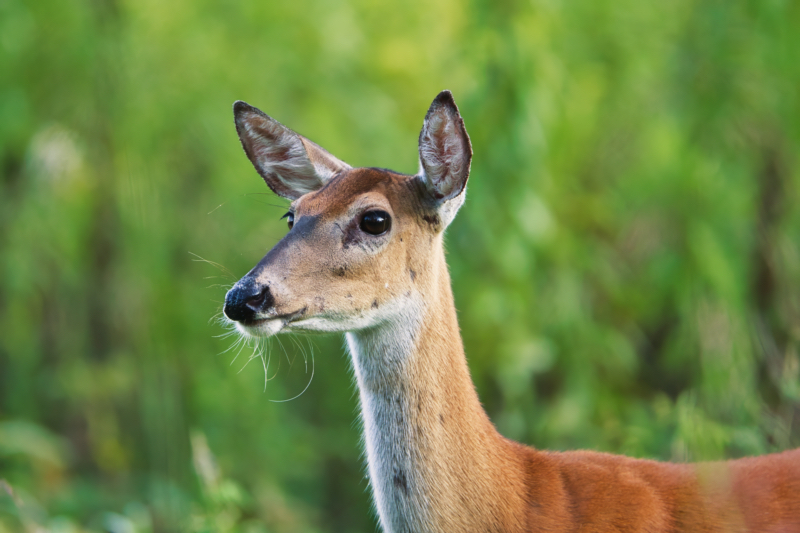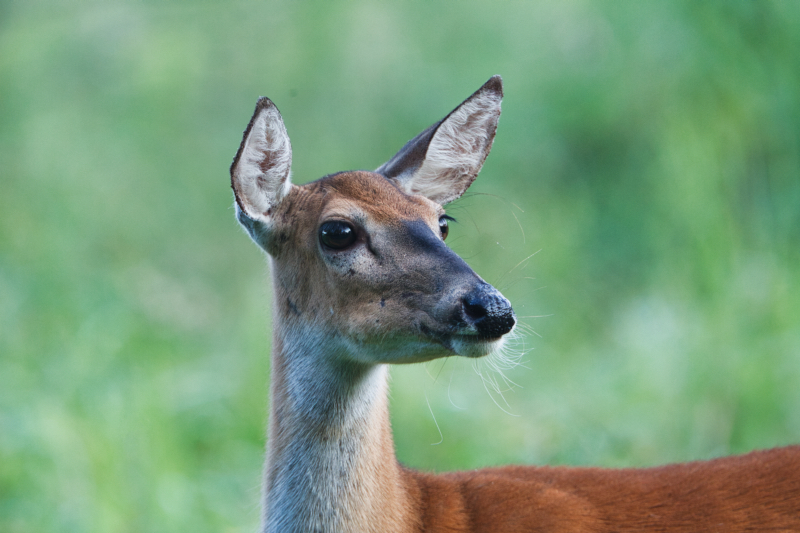Have you ever noticed the long, stiff hairs on the chins of whitetail deer? Those whiskers aren’t just for show; they serve several important functions for these animals.



Sensory Alert System
Chin whiskers are highly sensitive to touch and vibrations, acting as an early warning system for deer. They help the deer stay alert to changes in their surroundings, such as obstacles or nearby predators, before getting too close.
Navigating Thick Vegetation
These whiskers also help deer move through dense brush. By sensing changes in position, the whiskers allow deer to avoid branches and other obstacles without relying solely on sight.
Feeding Assistance
During feeding, chin whiskers help deer determine the size, shape, and texture of food items. They even detect changes in the position of food before the deer’s eyes can focus on them, which is especially useful in low-light conditions.
Chin whiskers may be a small feature, but they are an essential part of a whitetail deer’s anatomy. They help deer find food, stay alert, and navigate their environment effectively. Next time you spot a whitetail, take a moment to appreciate these whiskers—they’re one of the many fascinating adaptations that help deer thrive.
—
Steve Creek, Wildlife Photographer
Gear Used:
- Camera: Canon EOS 1D Mark III
- Lens: Canon EF 500 mm f/4L IS USM
Technical:
- Location: Sequoyah National Wildlife Refuge (Oklahoma)
- Date Taken: August 13, 2009
- Aperture Priority
- Aperture: f5.6
- Shutter speed: 1/250 sec. (as determined by the camera)
- ISO: 800
- Focal Length: 500 mm
